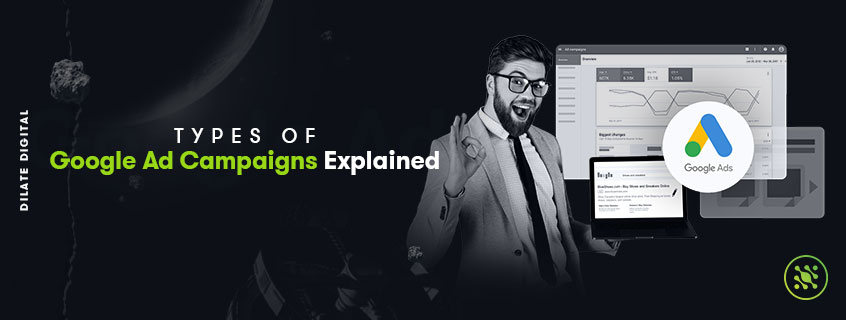

With about 75,000 searches made on Google every second, most of us have cottoned on to just how much advertising potential Google offers businesses. It’s the biggest PPC (pay-per-click) advertising platform in the world, and now offers the chance to advertise in a wide variety of formats across many different websites. In this post, we’re going to walk you through the different types of Google Ads categories, including the different types of Google search results, and the tools you can use to make really effective ads. But first, let’s address a very important question: does Google Ads really work? Afterall, if you’re going to invest in any type of advertising, it’d better be worthwhile.
 What is Google Ads & how effective is it?
What is Google Ads & how effective is it?We now live in a world where the majority of consumers rely on the internet to find information about local businesses. One study suggests as many as 90% of people are jumping online to find local businesses. Here are a couple more stats: 46% of clicks are going to the top 3 paid advertising spots, and when people are searching with the intent to buy, 65% will click on an ad. That’s why businesses who can harness the power of Google Ads will benefit greatly. People are looking; Google Ads can help them find you and encourage them to choose your products or services. Businesses all over the world keep investing truck loads of money into Google Ads. Why? Because they work. But here’s a warning: they only work if they’re done properly and a badly done campaign will just eat up your money. There are a lot of factors that go into effective Google Ads such as choosing the right keywords, managing campaigns effectively, writing engaging copy and understanding the data so you can adjust your strategy accordingly.
 How Google Ads can benefit your business
How Google Ads can benefit your businessBesides the impressive stats about how many people use Google and how likely you are to get a click… What are the advantages to advertising with Google Ads?
 What are the different types of Google Ads?
What are the different types of Google Ads?If you’re new to Google Ads, you might be surprised to find there is actually a lot of flexibility with Google advertising, and many different ways to run Google advertising campaigns. Since the early days of Google advertising, Google has also introduced many tools to help you target the right audience more effectively. Let’s jump in and have a look at the different types of Google ad formats.
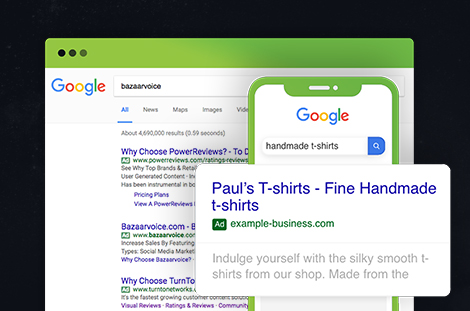 1. Google Search
1. Google SearchAt any given second, there could be over 75,000 Google searches made all over the world. That staggering number is one of the reasons why Google Search ads are so popular. They give you the opportunity for wide visibility that is also incredibly targeted. You would have seen the Google Search type of ad plenty of times. They appear at the top of the search results, almost identical to the organic results, except for the little word “Ad”. Advertisers create a text-only ad and bid for particular keywords they want to target. Ideally, you’d be bidding for keywords that your potential customers are searching for. Through Google Search ads, advertisers can create a campaign with several different ads that target different keywords. For example, a digital marketing company like Dilate might choose to create ads for SEO services, web-design, and Adwords management in Perth.
Google Ads (aka Adwords) have come a long way, and advertisers now have a whole range of features at their fingertips to make their ads more effective. Let’s go through some of these, and how you could use them to optimise your Google Search ads. First, a bit of info about extensions. These don’t cost any extra to add onto your campaign, but you will be charged if users click on extensions, just as you’d be charged if they clicked on the main body of your ad. It is generally accepted that extensions increase your ad’s click through rate, so it’s worthwhile taking the time to set them up.
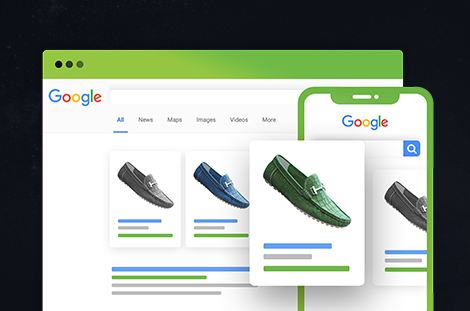 2. Google Shopping
2. Google ShoppingYou’re probably already familiar with Google Shopping. It’s a Comparison Shopping Engine (CSE) which allows consumers to search for and compare products from different retailers. Searchers can filter the results by price, seller and other features. If a retailer wants to have their products show up in the Google Shopping results, they can create ads for their individual products. This is done by submitting your products to Google Merchant Centre, and then creating a campaign in Google Ads. These ads appear on the Google Shopping page, but sometimes also on the main search results. They include a photo of the product, and important information such as title, price and store name. One tool you can use to stand out from the crowd is promotional tags. If you’re offering a discount code that people can use on your website, you can also display this on your Google Shopping ads. Who doesn’t love a great bargain? There are three types of Shopping ads:
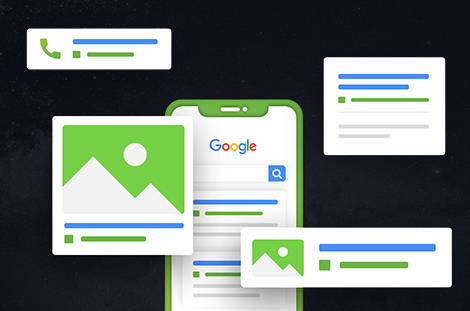 3. Mobile Advertising
3. Mobile Advertising More people are using mobile devices when making searches than ever before. In some places, mobile use is more frequent than searches made from a computer. As a business owner, you can jump on the wagon and advertise specifically to smartphone users using Google’s Mobile advertising. Google’s Mobile ads can appear on mobile phones or tablets, or within apps on these devices. There are four types:
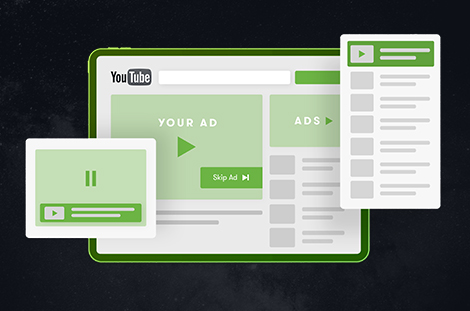 4. Video Advertising on YouTube
4. Video Advertising on YouTubeIn 2006, Google bought YouTube and now YouTube has become a powerful platform for video advertising. According to Google, more than 1 billion people watch more than 6 billion hours of YouTube every month. That is a lot of people spending a lot of time on YouTube. No wonder more businesses are starting to do video advertising. You can make video ads more targeted towards a specific audience through demographics (such as age or gender), keyword targeting, topics or remarketing to viewers who have previously interacted with your videos. This means you have a fair bit of control over who you want to see your ad. There are three types of Google video ads:
Bumper ads - unlike TrueView ads, bumper ads don’t allow viewers control over what they see. Bumper ads are shown before, during and after YouTube videos, but they can’t be skipped. They are a maximum of 6 seconds, and advertisers are charged a cost per thousand impressions bidding.
 5. Google Display Network
5. Google Display Network For even more reach, Google offers businesses the power of the Google Display Network. Advertising this way lets you get content in front of potential customers who aren’t even on the Google website. These types of ads appear on various websites, as well as YouTube, Gmail and even some apps. Google Display Network advertising can be highly controlled to target a specific audience and increase leads. There are several ways to do this:
The Display Network allows for a range of different types of ads, depending on what is most suitable for your business. They are:
Video Ads - A video ad can be embedded within the ad, to create movement and sound to attract more viewers.
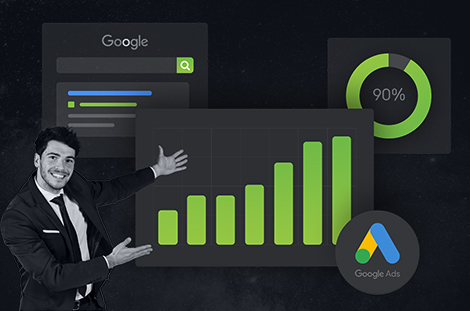 Make the most of Google Ads for your business
Make the most of Google Ads for your businessDone right, Google Ads could help take your business to the next level. Some people try to manage their Google Ad campaigns themself, but unless you are able to invest a lot of time learning how to do it properly, you’re probably not going to reap all the benefits. That’s why we would recommend hiring an agency like Dilate to help. If you think it’s time you started harnessing more of the advertising power Google offers, why not get in touch with a team who can make it happen? At Dilate Digital, we offer services for Adwords Management in Perth and have helped hundreds of businesses set up effective campaigns. Give us a call today to see how we can help you.
what our clients are saying
create business. better everyday.
Let's Talklearn from the best minds in the business
Bodie provides some insight into Dilate's internal operations. How we approach what we do, and how we strive to be Better Everyday.

"*" indicates required fields
"*" indicates required fields


